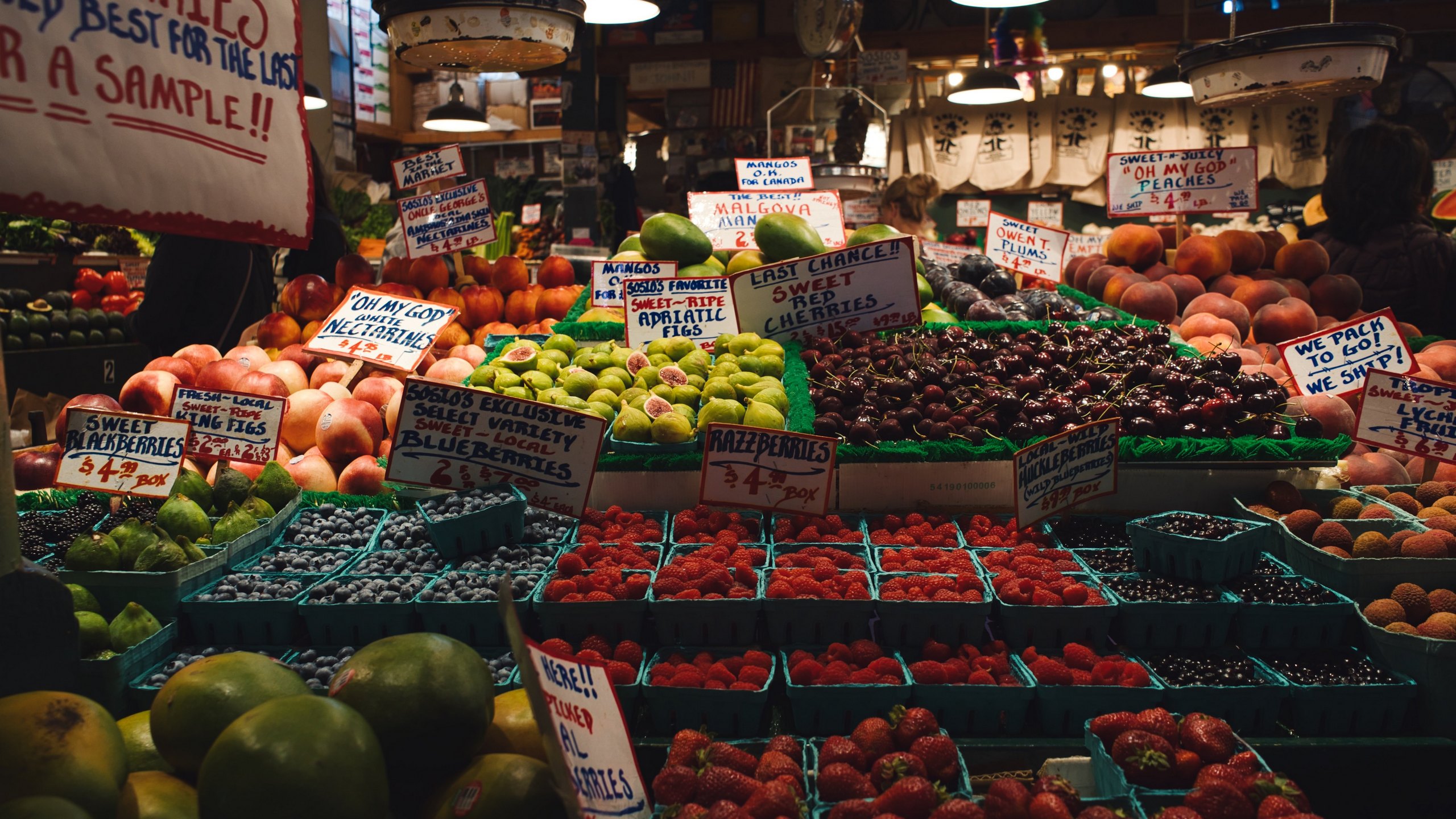The threat of spoilage and waste are sizable economic concerns for food distributors. Food that arrives at its destination unsafe for human consumption represents lost sales and wasted resources.
One of the most important (and most challenging) factors in the safe transport of food is timing.
Agricultural products like produce and meat have a particularly short window for safe transport before they pose a health threat, but they’re not unique in this regard; any food item is susceptible to timing concerns. Even packaged food products and dry goods like cereals and grains have expiration dates, and the longer they’re in transit to their destination, the more risk they’re exposed to.
The transport industry’s understanding of the safest conditions for food transport continues to evolve, shaping the development of regulations and industry best practices. Food safety laws such as FDA’s Food Safety Modernization Act and the United Nations’ Codex Alimentarius keep pace with new developments, and individual food production companies implement new internal practices to ensure safe and successful transportation of goods. Following these regulations and best practices requires extensive communication at every step and with every party involved in the process.
ERP Systems
However, much of the communication about specifications and time-lines is still done the old-fashioned way: using paper documents or phone calls. Not only is this inefficient, it’s also prone to error. That’s why many food distributors are looking to enterprise resource planning (ERP) systems to strengthen and streamline their quality control processes.
An ERP system serves as a central electronic database and communication tool that all involved parties can access. The shipping conditions (such as packaging, temperature, and vehicle preparation) required per customer or per food type can be saved in one location.
Enjoying our insights?
Subscribe to our newsletter to keep up with the latest industry trends and developments.
Stay InformedTiming is a key factor in getting any kind of food to consumers for safe consumption, but it’s especially crucial in the cold chain. Strict guidelines about packaging, labeling and transportation have been developed to prevent widespread food-borne illness. Though much of the focus on disease prevention targets animal products (especially deli meats and soft cheeses), fruits and vegetables bring their own kinds of risk. Overripe or damaged produce is highly susceptible to decay or infection. While packaging and handling precautions can minimize damage in transport, ensuring that food arrives at the correct ripeness for consumption can be a tricky undertaking.
Citrus Fruits, Berries and Watermelons

Promising new technological advances, such as wireless sensors that can detect spoilage in produce containers, present exciting potential for the future of safety in the food supply chain. In the meantime, preventing damage or unnecessary exposure to pathogenic conditions requires food companies and transporters to stay vigilant.
Amazon Logistics Playbook
Like many other links in the global supply chain, food distributors are starting to take a page from Amazon’s logistics playbook. Over the past decade, the e-commerce giant has pioneered and (more or less) perfected an alternative to the traditional hub-and-spoke model favored by most large-scale logistics operations. Instead, their decentralized model relies on moving distribution centers closer to the final user, allowing for quicker deployment and shorter shipping times.
For competing food companies, following this model may look like finding or building more food-grade warehouses in emerging markets to bring food closer to the final customer. This will certainly require more investment, but it will shorten the last leg of transportation, which is key for maintaining the freshness of food products.
The expansion of the global food trade in the past several decades has allowed the world’s population to gain access to a wider variety of foods than ever before, but there are still many difficulties to address in the coming years. The strategies food distributors currently use to get food to its destination safe for human consumption aren’t foolproof and require a fair amount of human vigilance. But potential future technological solutions show promise for increasing visibility and speed to market while minimizing the threat of illness.
(from Food Quality and Safety)





















